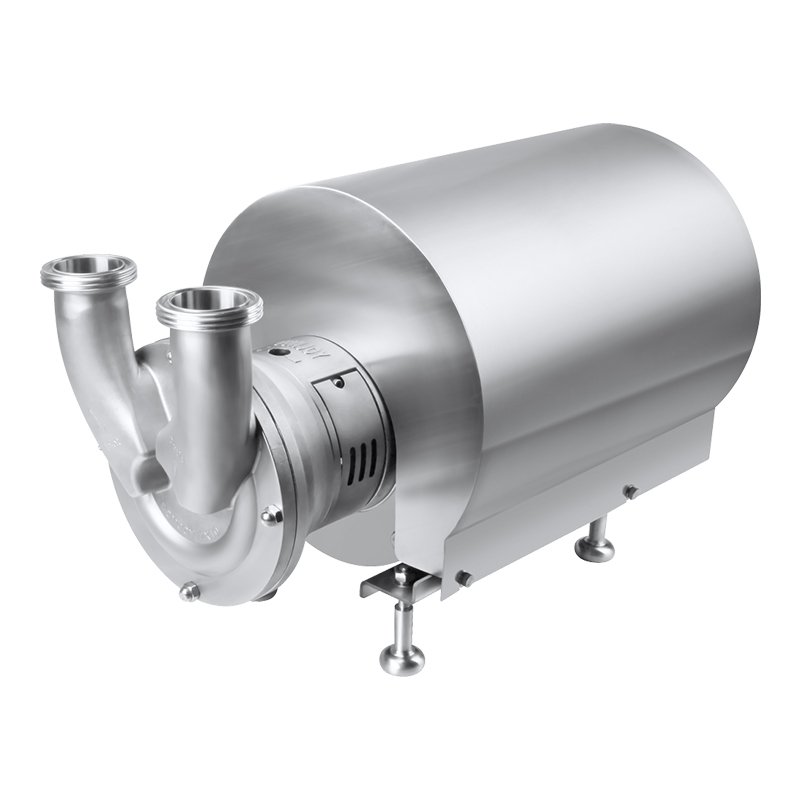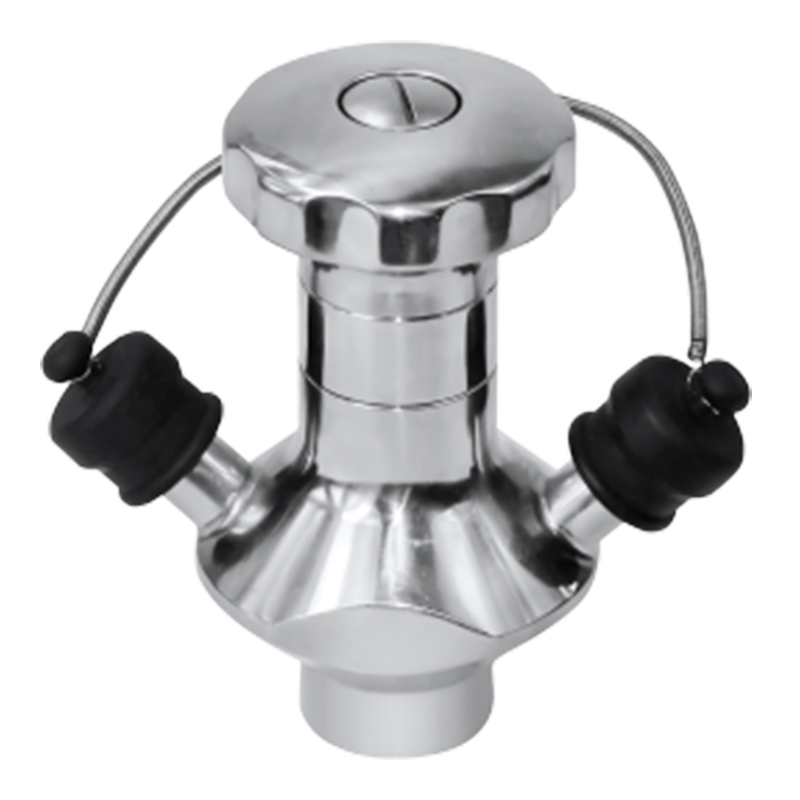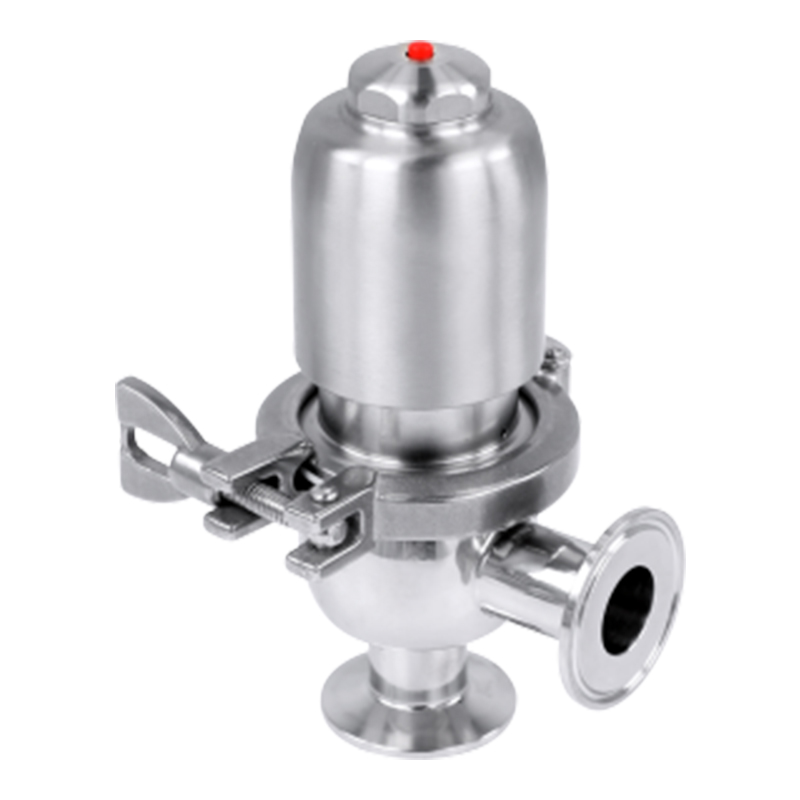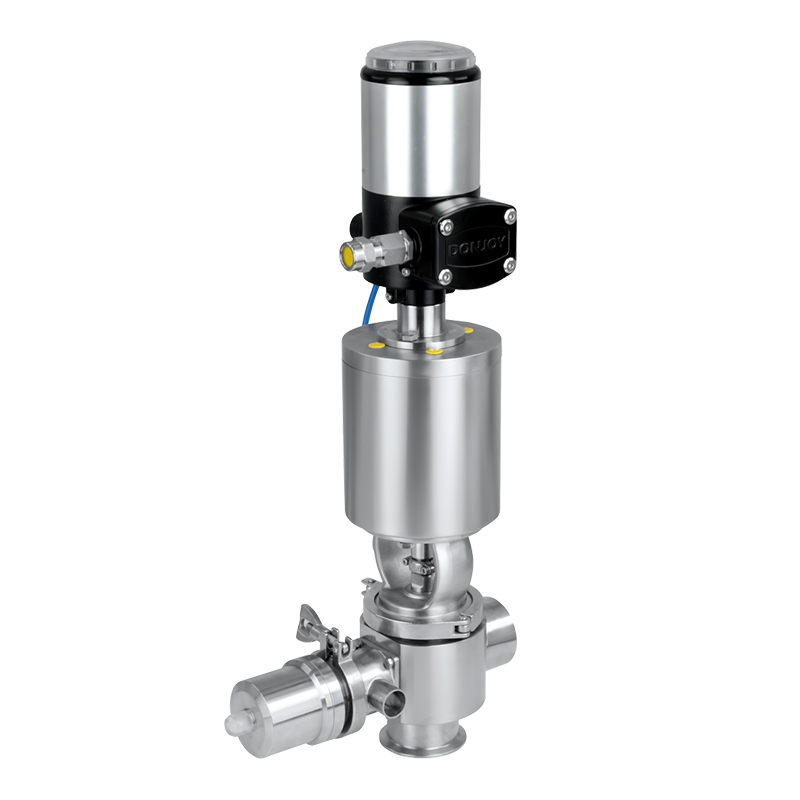In industrial processes involving fluid handling, mixing pumping plays a vital role in ensuring uniformity, efficiency, and product quality. Whether in food and beverage, pharmaceuticals, chemicals, or water treatment, the right mixing pump can significantly impact process performance.
As a leading manufacturer of hygienic pumps and valves, we understand the importance of selecting the right equipment for optimal mixing and pumping operations. This article explores what mixing pumping is, its applications, and how to select the right mixing pump to enhance your process.
Mixing pumping is the process of moving and mixing fluids to achieve a uniform consistency. It includes:
Mixing pumps combine pumping and mixing functions in one unit, making them ideal for applications that require continuous mixing without the need for a separate agitator.
Mixing pumps are widely used in industries that require precise fluid control:
1. Food and Beverage Industry
Mixing ingredients (sauces, dairy products, beverages)
Maintaining viscosity of syrups and concentrates
Homogenizing Active Pharmaceutical Ingredients (API)
Ensuring aseptic mixing in vaccine production
Safe dilution of acids or bases
Maintaining reaction consistency
4. Water and Wastewater Treatment
Dosing of chemicals for pH adjustment
Mixed slurries in sedimentation tanks
Choosing the right mixing pump depends on fluid characteristics, viscosity and process requirements. Common types include:
1. Centrifugal pumps
Best for low viscosity fluids
High flow, medium mixing
2. Positive displacement pumps (rotor pumps, gear pumps
Ideal for viscous or shear sensitive fluids
Precise flow control
3. Sanitary mixing pumps (mixing design)
Combines pumping and inline mixing in one
CIP/SIP compatible, suitable for sanitary industries
4. Magnetic drive pumps
Leak-free operation for hazardous liquids
Corrosion-resistant materials
Increased efficiency: Reduces the need for a separate agitator.
When choosing a mixing pump, consider the following factors:
Mixing pumping is a critical process across multiple industries that ensures product consistency and operational efficiency. By investing in the right mixing pump, companies can achieve better mixing performance, less downtime, and higher product quality.
As a trusted sanitary pump and valve manufacturer, we offer high-performance mixing pumps designed for demanding applications. Contact us today to find the best solution for your fluid handling needs!





According to ASME BPE, EHEDG, FDA and 3A standard, DONJOY got certificates of PED-97/23/EC and MD-06/42/EC issued by TUV, ……